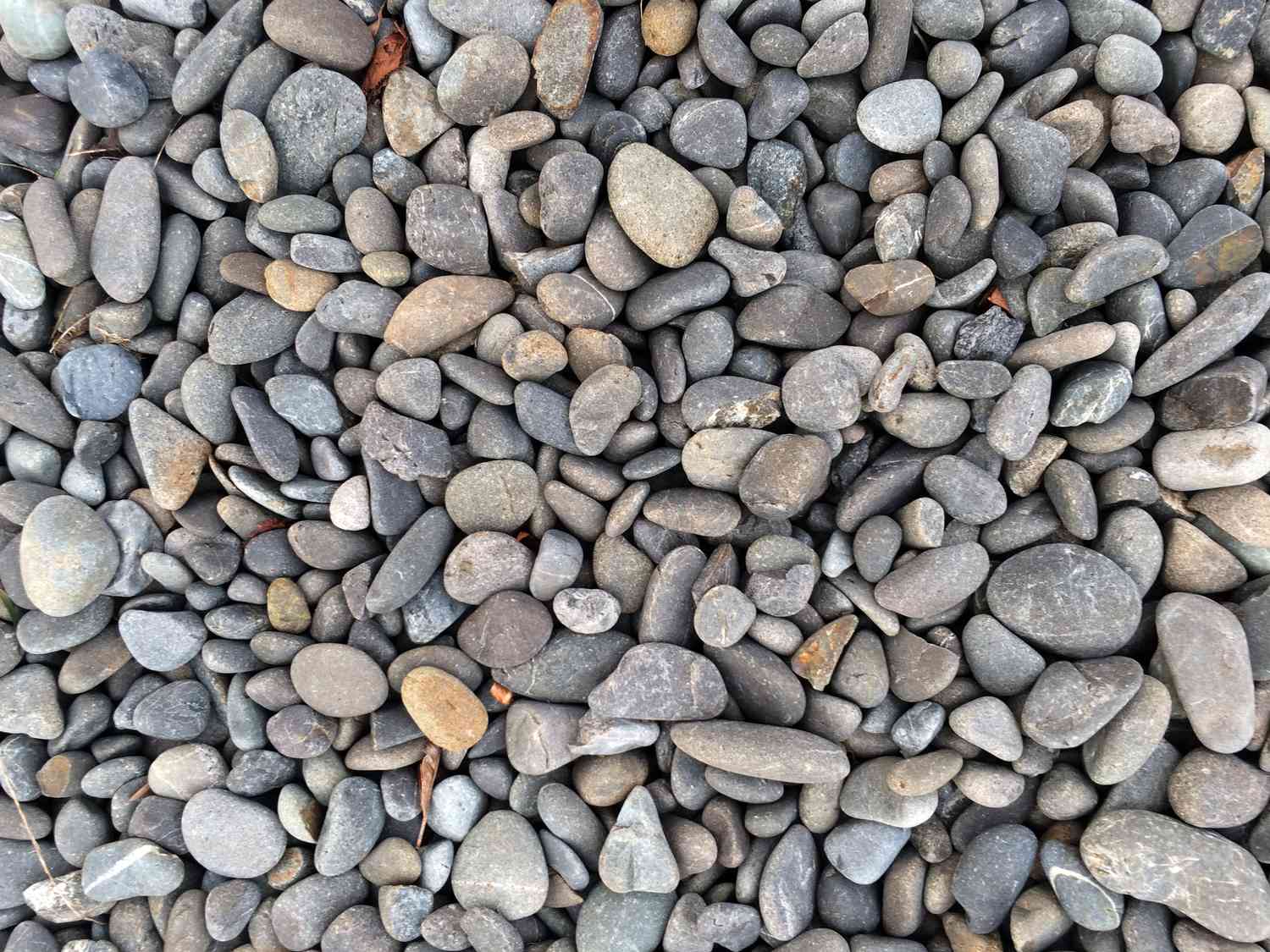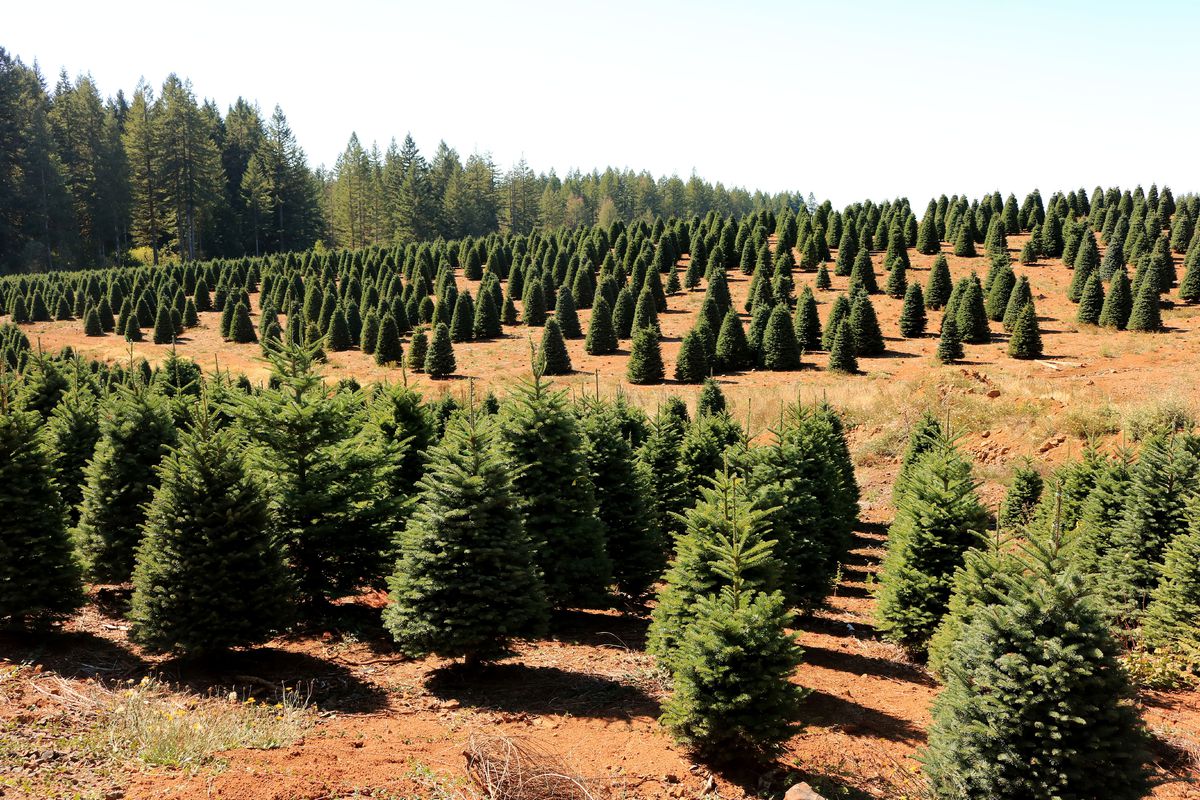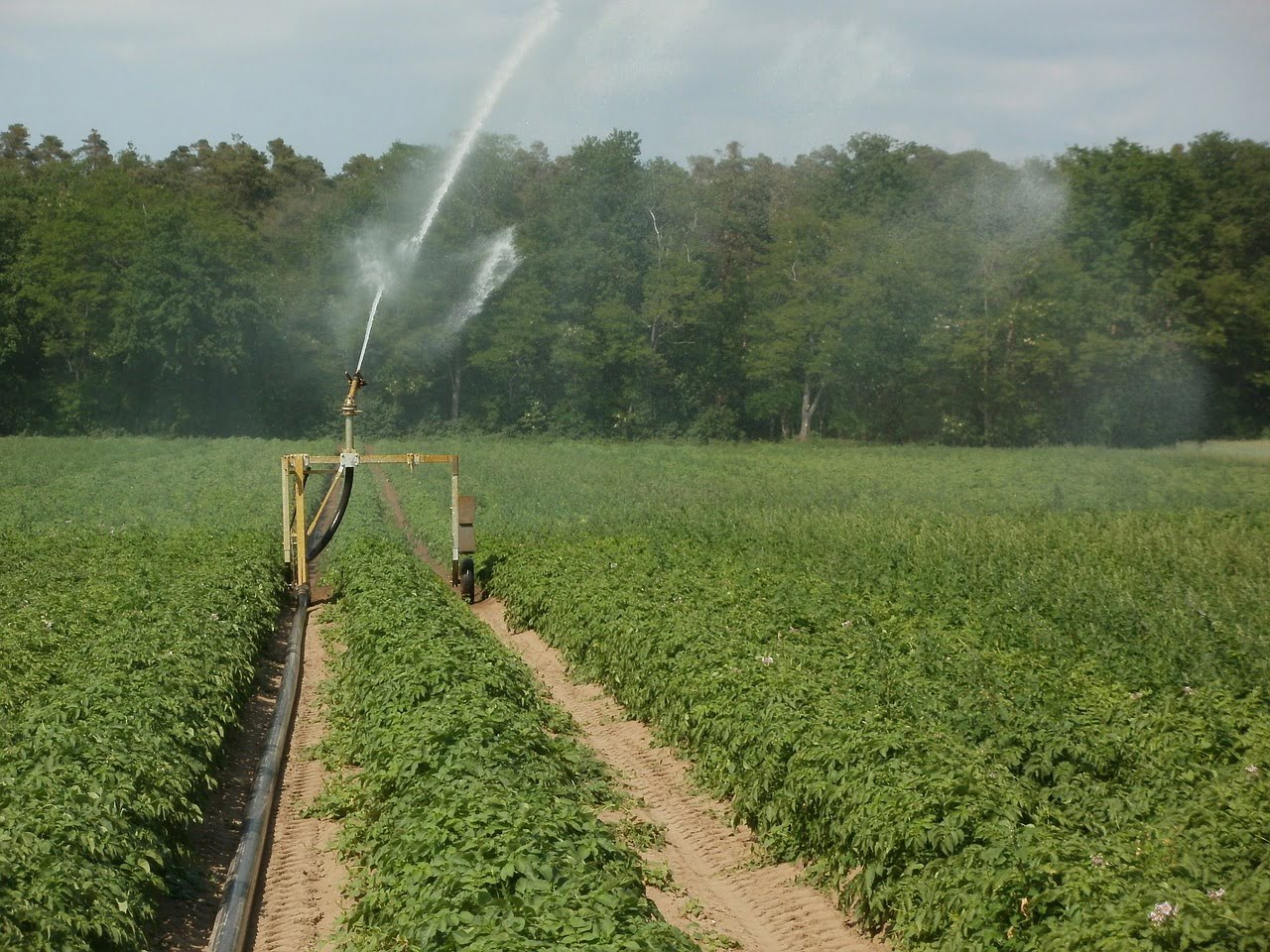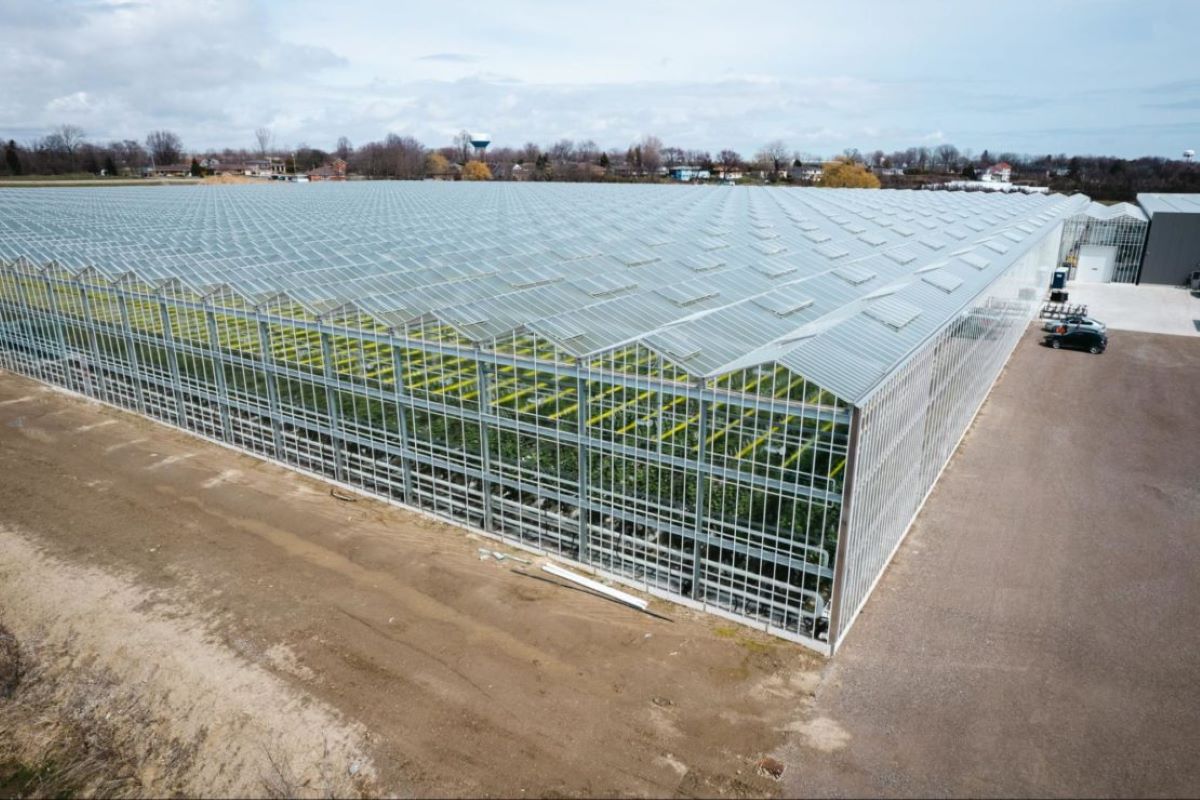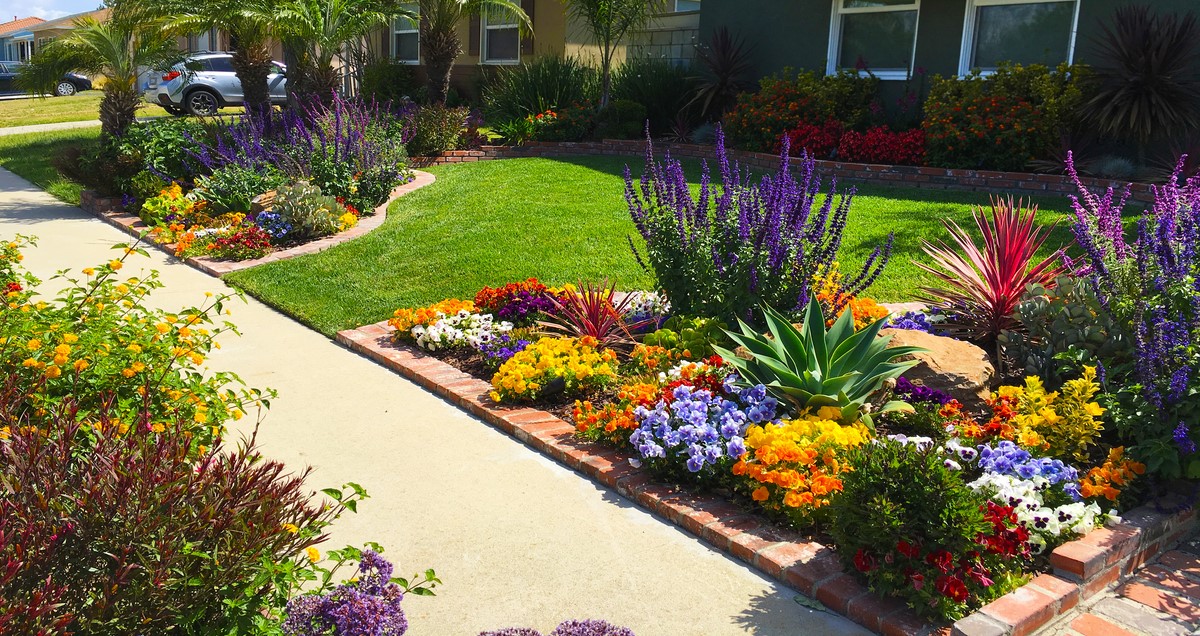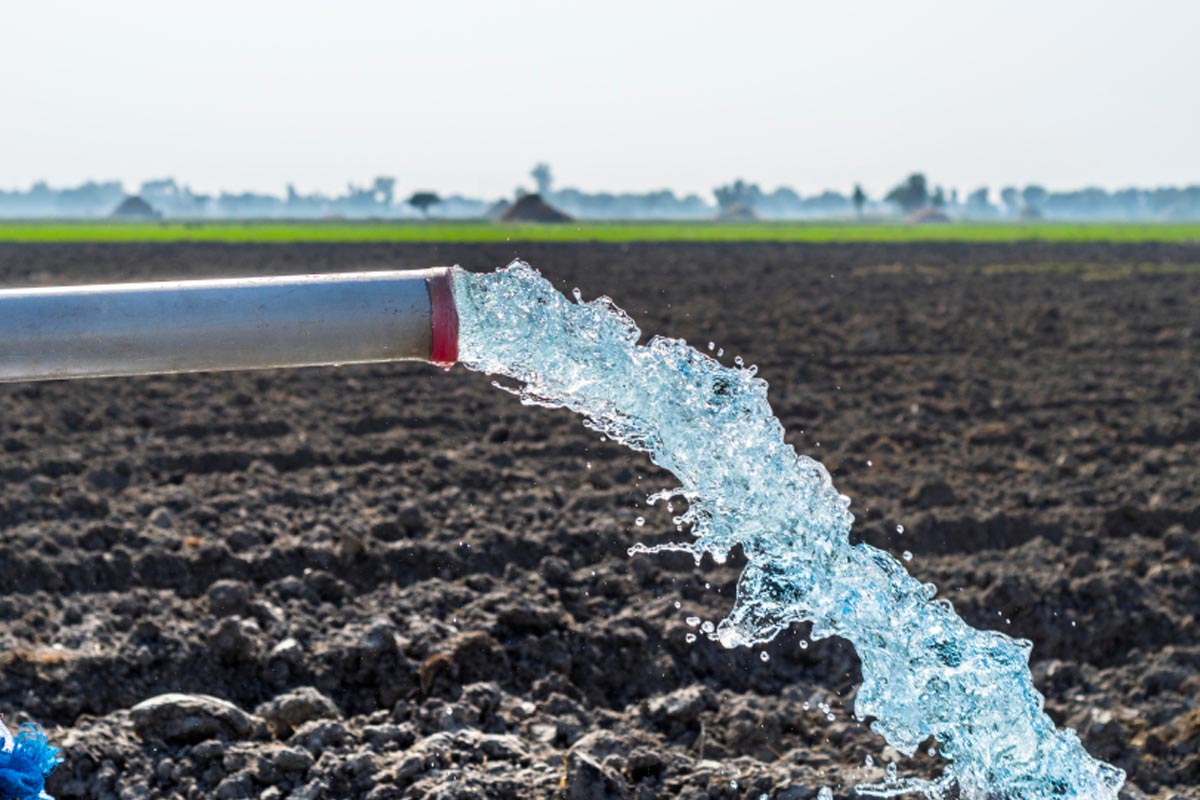Home>Reviews>Product Reviews>How Much Do Flowers Cost At A Grocery Store
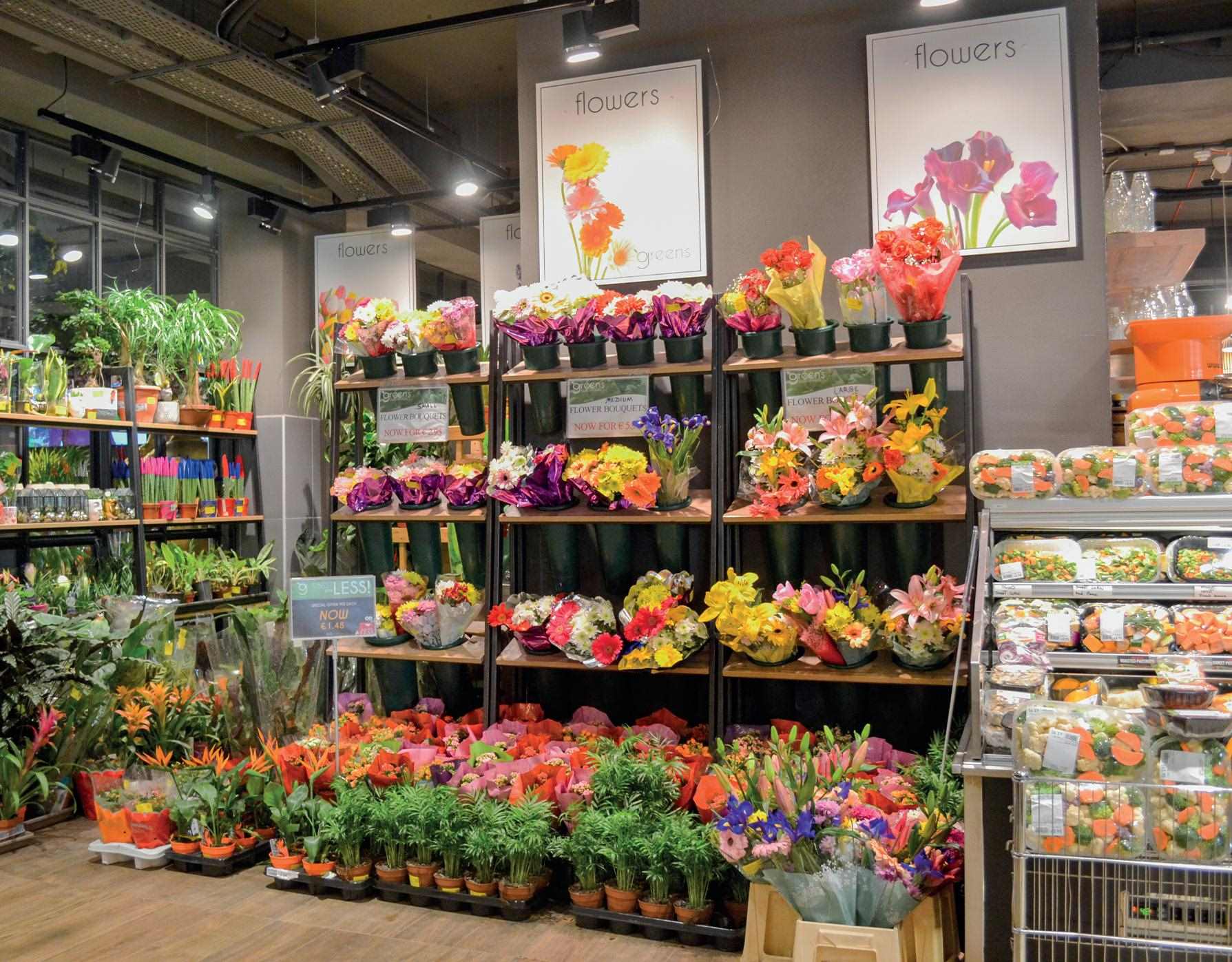

Product Reviews
How Much Do Flowers Cost At A Grocery Store
Modified: January 22, 2024
Discover the average prices of flowers at grocery stores in our in-depth product reviews. Compare costs and find the best deals for your floral needs.
(Many of the links in this article redirect to a specific reviewed product. Your purchase of these products through affiliate links helps to generate commission for Chicagolandgardening.com, at no extra cost. Learn more)
Table of Contents
- Introduction
- Factors Affecting Flower Prices at Grocery Stores
- Varieties of Flowers Available
- Pricing Range for Common Flower Types
- Seasonal Fluctuations in Flower Prices
- Special Deals and Discounts at Grocery Stores
- Factors to Consider When Buying Flowers at a Grocery Store
- Tips for Getting the Best Deals on Flowers
- Conclusion
Introduction
Flowers are a timeless symbol of beauty, love, and celebration. Whether it’s a special occasion or just a simple gesture of appreciation, giving or receiving flowers brings joy to people’s lives. While florists have traditionally been the go-to option for purchasing flowers, many people are now turning to grocery stores as a convenient and affordable alternative. But how much do flowers actually cost at a grocery store?
Grocery stores have become popular destinations for buying flowers due to their accessibility and competitive pricing. With a wide variety of blooms available, customers can find everything from classic roses to exotic orchids, all conveniently located alongside their grocery shopping. However, it is important to understand the factors that affect flower prices at grocery stores, as well as the range of pricing for different flower types.
In this article, we will explore the factors that influence flower prices at grocery stores and delve into the pricing range for common flower types. We will also discuss how seasonal fluctuations can affect flower prices, and highlight any special deals and discounts that grocery stores may offer. Additionally, we will provide some useful tips for getting the best deals on flowers at grocery stores.
So, if you’ve ever wondered about the cost of flowers at a grocery store and are looking for tips to make the most of your purchase, continue reading to find out how to navigate the floral department and bring home beautiful blooms without breaking the bank.
Factors Affecting Flower Prices at Grocery Stores
The price of flowers at grocery stores can vary due to several factors. Understanding these factors will help you make an informed decision and get the best value for your money. Here are some key factors that influence flower prices at grocery stores:
- Quality and Freshness: The quality and freshness of the flowers play a significant role in determining their price. Grocery stores that prioritize freshness and offer high-quality blooms tend to charge a slightly higher price compared to stores that may have less fresh or lower-quality flowers.
- Supply and Demand: The principles of supply and demand also come into play when it comes to flower prices. If there is a high demand for a specific type of flower, especially during peak seasons like Valentine’s Day or Mother’s Day, the prices may increase due to limited supply. On the other hand, less popular or readily available flowers may be priced lower.
- Wholesale Pricing: Many grocery stores source their flowers directly from wholesalers, who offer bulk pricing. The wholesale pricing they receive can have a direct impact on the retail price at grocery stores. Stores that enjoy better deals from their wholesalers may be able to offer flowers at a lower price.
- Operational Costs: Like any business, grocery stores have operational costs that need to be factored into the flower pricing. Costs such as transportation, handling, storage, and labor can influence the final price of the flowers. Stores that have more streamlined operations may be able to offer flowers at a more competitive price.
- Location: The location of the grocery store can also affect flower prices. In areas with higher living costs or where flowers are not easily accessible, the price may be slightly higher. Conversely, if you are shopping at a grocery store located in an area with a high number of florists, they may offer more competitive prices to attract customers.
By considering these factors, you can gain a better understanding of why flower prices may vary at different grocery stores. Keep in mind that while price is an important consideration, the quality and freshness of the blooms should also be taken into account when making your purchase. Now that we have explored the factors that influence flower prices at grocery stores, let’s dive into the different varieties of flowers you can expect to find.
Varieties of Flowers Available
When it comes to buying flowers at a grocery store, you’ll be delighted to find a wide range of options to choose from. Grocery stores typically stock a variety of popular flowers, ensuring there’s something for every occasion and personal preference. Here are some commonly available flower varieties you can expect to find:
- Roses: Roses are a classic choice and a timeless symbol of love and beauty. Grocery stores often offer a diverse selection of roses, ranging from traditional red roses to various colors like white, pink, yellow, and even unique bi-colored varieties.
- Tulips: Tulips are known for their vibrant colors and elegant shape. These versatile flowers come in various hues, including red, pink, orange, yellow, and purple, making them a popular choice for both bouquets and floral arrangements.
- Lilies: Lilies are striking and fragrant flowers that are perfect for adding a touch of elegance to any space. You can find different types of lilies, such as Asiatic lilies, Oriental lilies, and Calla lilies, each with its own unique characteristics.
- Carnations: Carnations are budget-friendly flowers that come in a wide array of colors. These long-lasting blooms are ideal for creating beautiful floral arrangements or even as standalone bouquets.
- Gerbera Daisies: Gerbera daisies are cheerful and vibrant flowers that can instantly brighten up any room. With their large, colorful blooms, they are a popular choice for adding a pop of color to bouquets and floral displays.
- Orchids: Orchids offer an exotic and luxurious touch to any floral arrangement. You can find a variety of orchids at grocery stores, including Phalaenopsis and Dendrobium, each characterized by its distinct beauty and elegance.
- Sunflowers: Sunflowers are known for their bright yellow petals and large, bold appearance. These cheerful and sun-like blooms are perfect for expressing warm wishes or adding a touch of sunshine to any space.
In addition to these popular flower varieties, grocery stores may also carry seasonal blooms and unique floral options that add a special touch to your arrangements. It’s worth exploring the floral department of your local grocery store to discover the full range of flowers available and find the perfect blooms for any occasion.
Pricing Range for Common Flower Types
The price range for common flower types at grocery stores can vary depending on various factors such as the flower variety, quality, size, and availability. While prices may differ based on location and store, here is a general idea of the pricing range you can expect for some common flower types:
- Roses: The price range for roses at a grocery store can range from $5 to $25 per dozen, depending on factors such as the variety, color, stem length, and overall quality.
- Tulips: Tulips are generally priced at around $1 to $2 per stem, making them an affordable option for creating colorful bouquets or arrangements.
- Lilies: The price range for lilies can vary depending on the type and size of the bloom. On average, lilies can cost anywhere from $2 to $5 per stem.
- Carnations: Carnations are one of the more budget-friendly flower options and are typically priced at around $1 to $2 per stem.
- Gerbera Daisies: Gerbera daisies are usually priced at $2 to $4 per stem, making them an affordable and versatile choice for colorful arrangements.
- Orchids: Orchids are considered more luxurious flowers, and their prices can vary significantly based on the variety and size. Prices for orchids at grocery stores can range from $10 to $50 per plant or stem, depending on the quality and rarity.
- Sunflowers: Sunflowers are typically priced at around $2 to $5 per stem, depending on the size and quality of the bloom.
Keep in mind that these price ranges are estimates, and actual prices may vary depending on your location and the specific grocery store you visit. Additionally, seasonal availability and special promotions can also affect flower prices. It’s always a good idea to check with your local grocery store for the most accurate pricing information and any ongoing deals or discounts they may have.
When selecting flowers, consider your budget, the occasion, and the recipient’s preferences. Even within these general price ranges, there may be variations in quality and size, so it’s essential to carefully inspect the flowers before making a purchase. With the wide range of flower options available at grocery stores, you’re sure to find beautiful blooms that suit your taste and budget.
Seasonal Fluctuations in Flower Prices
Flower prices at grocery stores can be influenced by seasonal fluctuations. The availability and demand for certain flowers tend to change with the seasons, which can impact their prices. Understanding these seasonal fluctuations can help you plan your flower purchases more effectively and potentially save money. Here’s a breakdown of how flower prices can vary throughout the year:
- Spring: Spring is a season known for its abundant floral offerings. Flowers like tulips, daffodils, and hyacinths are in high demand during this time, leading to competitive pricing. Seasonal favorites such as peonies and cherry blossoms may also be available, but at a higher price due to their limited availability.
- Summer: Summer brings forth a vibrant array of flowers, including roses, sunflowers, and lilies. The larger supply of these blooms often results in more competitive prices. Additionally, popular summer flowers like daisies, zinnias, and dahlias may be available at more affordable prices.
- Fall: While fall is characterized by changing foliage colors, there are still several flower varieties that thrive during this season. Flowers such as chrysanthemums, daisies, and marigolds are commonly available and often come at reasonable prices.
- Winter: Winter is considered an off-season for many flowers, which can lead to higher prices. However, grocery stores may still offer a selection of winter blooms like amaryllis, poinsettias, and evergreen arrangements. Prices may be slightly higher due to the limited availability.
It’s important to note that special occasions like Valentine’s Day and Mother’s Day can also impact flower prices, regardless of the season. The high demand during these holidays often leads to price increases, especially for popular flowers like roses.
To make the most of seasonal fluctuations in flower prices, it’s advisable to plan your purchases accordingly. If you have flexible preferences or are open to different types of flowers, buying blooms that are in season can help you save money while still enjoying beautiful arrangements.
By taking note of the seasonal availability and keeping an eye out for any promotions or deals, you can make informed decisions about when and what to buy at grocery stores. It’s always a good idea to check with the floral department of your local grocery store for specific information on seasonal pricing and offerings.
Special Deals and Discounts at Grocery Stores
Grocery stores often provide special deals and discounts on flowers to attract customers and offer them more value for their money. These offers can help you save on your flower purchases, especially when you’re on a budget or looking for a good deal. Here are some common types of special deals and discounts you may find at grocery stores:
- Weekly Sales: Many grocery stores have weekly sales or promotions on flowers. These sales may include discounts on specific flower types or discounted prices for larger bouquets. Keeping an eye on the store’s weekly circular or online ads can help you take advantage of these deals.
- Manager’s Specials: Grocery stores occasionally offer manager’s specials on flowers that are approaching their expiration date. These discounted flowers are still beautiful and can be a great choice for those looking for a more affordable option.
- Membership Programs: Some grocery stores offer membership programs, such as loyalty cards or rewards programs, that can provide exclusive discounts and benefits for frequent flower buyers. These programs can help you save money over time and potentially access special promotions.
- Seasonal Promotions: During certain times of the year, such as around Valentine’s Day or Mother’s Day, grocery stores may run special promotions on flowers. These promotions can include discounted prices, bundle deals, or added value, such as free vases or chocolates.
- Combo Deals: Grocery stores may offer combo deals where you can purchase flowers along with other related items like chocolates, cards, or balloons at a discounted price. These deals can provide convenience and extra savings.
- Clearance Sales: Similar to manager’s specials, grocery stores may have clearance sales on flowers that need to be sold quickly. These discounted flowers can be a great find if you’re not too concerned about having a specific flower type or variety.
To take advantage of these special deals and discounts, it’s a good idea to check the store’s website, sign up for their newsletter, or follow their social media accounts for updates and promotions. Additionally, visiting the floral department regularly and speaking to the staff can help you stay informed about any ongoing specials or upcoming deals.
By keeping an eye out for these special offers, you can make your flower purchases more budget-friendly while still enjoying beautiful blooms for any occasion.
Factors to Consider When Buying Flowers at a Grocery Store
Buying flowers at a grocery store can be a convenient and cost-effective option, but it’s important to consider a few factors to ensure you make the best choice. By keeping these factors in mind, you can make a well-informed decision and bring home beautiful, fresh flowers. Here are some key factors to consider when buying flowers at a grocery store:
- Freshness: Look for flowers that are fresh and vibrant. Check that the petals are firm, the leaves are green, and there are no signs of wilting or discoloration. Fresh flowers will have a longer vase life and provide better value for your money.
- Variety: Consider the variety of flowers available. Grocery stores often offer a range of options, but the selection may vary. Choose flowers that suit the occasion or recipient’s preferences, whether it’s classic roses, cheerful daisies, or elegant lilies.
- Arrangement Options: Grocery stores may provide pre-made bouquets or loose flowers to create your arrangement. Think about whether you prefer a ready-to-go bouquet or if you want to personalize your own arrangement by handpicking individual stems.
- Pricing: Compare prices and consider your budget. While grocery stores generally offer competitive prices, it’s still essential to assess the cost of the flowers you’re interested in. Balance your desire for quality blooms with affordability.
- Additional Accessories: Some grocery stores may offer additional accessories like vases, ribbons, or greeting cards. If you need these extras, check if they are available, their cost, and their quality to ensure they meet your expectations.
- Delivery Options: If you require delivery, inquire about the store’s delivery services, fees, and availability. Some grocery stores may offer same-day delivery or have partnerships with local delivery services for added convenience.
- Care Instructions: Check if the grocery store provides care instructions for the flowers. Proper care and handling are crucial to help the flowers last longer. Look for any included packets of flower food and follow the instructions provided.
It’s worth noting that while grocery stores strive to provide quality flowers, the selection and standards may vary across different locations. Research and visit multiple stores if possible, and develop a relationship with your trusted local grocery store’s floral department to ensure consistent quality and service.
By considering these factors when buying flowers at a grocery store, you can make an informed decision and select the perfect blooms for your needs. With a little care and attention, you can bring home beautiful flowers that will brighten up any space or make someone’s day truly special.
Tips for Getting the Best Deals on Flowers
Getting the best deals on flowers at a grocery store is not only about finding the lowest price but also ensuring you get the best quality blooms. By following these tips, you can make your flower-shopping experience more enjoyable and cost-effective:
- Shop during weekdays: Grocery stores often have sales and promotions during weekdays to attract customers. Visit the floral department on weekdays when there is less foot traffic and a higher chance of finding discounted prices or special deals.
- Check the clearance section: Grocery stores may have a clearance section for flowers that are approaching their sell-by date. These flowers are often still in good condition and can be purchased at a significantly discounted price.
- Sign up for newsletters and rewards programs: Subscribe to the newsletter or rewards program of your local grocery store. This way, you can stay updated on any special promotions, discounts, or exclusive deals specifically for members.
- Buy seasonal flowers: Consider purchasing flowers that are in season. Seasonal flowers are generally more readily available, which can lead to more competitive pricing. They also tend to be fresher and have a longer vase life.
- Compare prices: Take the time to compare prices between grocery stores. Visit different stores in your area or check their websites to compare the prices of the specific flower types you’re interested in. This will help you find the best deal.
- Ask about upcoming promotions: Speak to the staff at the floral department to inquire about any upcoming promotions or deals. They may have insight into future sales or exclusive offers that you can take advantage of.
- Consider DIY arrangements: Instead of purchasing pre-made bouquets, consider buying loose flowers and creating your own arrangements. This can be more cost-effective and allows you to tailor the arrangement to your preferences.
- Check for reusable vases: Some grocery stores offer flowers in vases that can be returned or reused for a discount on your next flower purchase. Ask if this option is available and take advantage of it to save money in the long run.
- Consider alternative options: Explore alternative options for purchasing flowers, such as local farmers’ markets or flower stands, which may offer competitive prices or unique flower varieties.
By implementing these tips, you can maximize your savings and get the best value for your money when buying flowers at a grocery store. Remember to prioritize both price and quality, as fresh and vibrant blooms will bring the most joy and satisfaction to you or your recipients.
Conclusion
Buying flowers at a grocery store can be a convenient and budget-friendly option for brightening up your home or surprising someone special. By understanding the factors that affect flower prices, the range of flower varieties available, and seasonal fluctuations in prices, you can make informed decisions when selecting and purchasing flowers. Additionally, taking advantage of special deals, comparing prices, and considering factors like freshness and variety can help you get the best value for your money.
When buying flowers at a grocery store, be sure to prioritize both price and quality. While a lower price is appealing, it’s important to choose fresh, vibrant blooms that will last longer and bring joy to your space or recipients. By keeping an eye out for sales, markdowns, and membership programs, you can further enhance your flower-shopping experience.
Lastly, don’t forget to care for your flowers properly to help them last as long as possible. Follow any provided care instructions, trim the stems regularly, change the water frequently, and display the flowers in a cool spot away from direct sunlight and drafts.
Whether you’re looking to brighten up your own home, celebrate a special occasion, or show someone you care, rest assured that grocery stores offer a wide variety of flowers to suit every taste and budget. With the tips and knowledge gained from this article, you can confidently navigate the floral department and bring home beautiful blooms that will bring smiles and joy to yourself and others.
